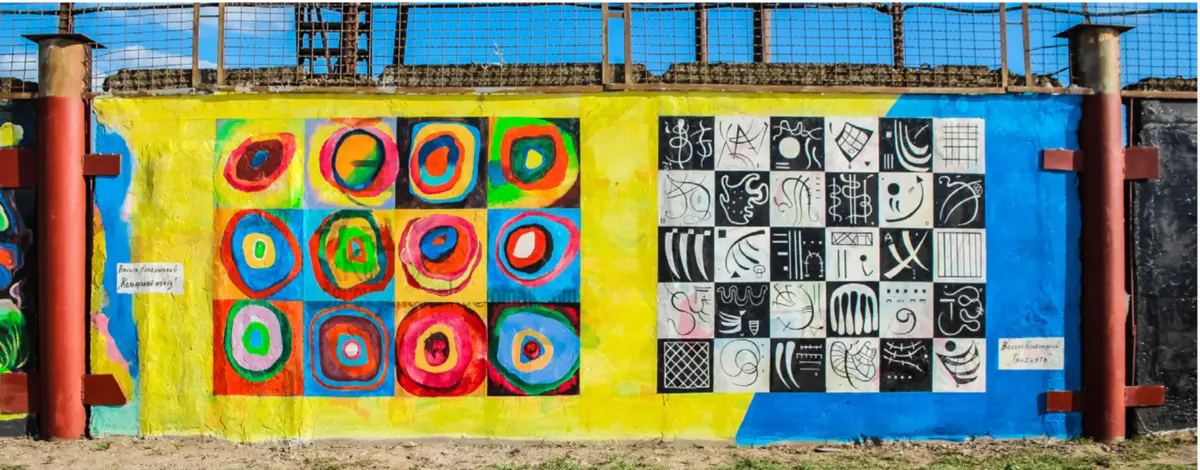Inclusion in Smart Cities
There is a complex network of dimensions that make a smart city “intelligent”, i.e. smart environment, smart mobility, and smart economy providing sustainable, accessible, and effective solutions to their citizens that can ease their lives. Another equally important component is the human aspect, which is about creating a city that fosters inclusion, embraces diversity, and ensures that all groups are able to engage in and shape their cities.
This issue is particularly relevant for the LGBT+ community that is often left behind in the process of urban development. In this section, we discuss the issue with representatives of two organisations working in the field of LGBT+ community inclusion on national and international levels respectively: Anastasia Danilova, the executive director of GENDERDOC-M Information Centre and Manuel Rosas Vázquez, the coordinator of the Rain- bow Cities Network.





